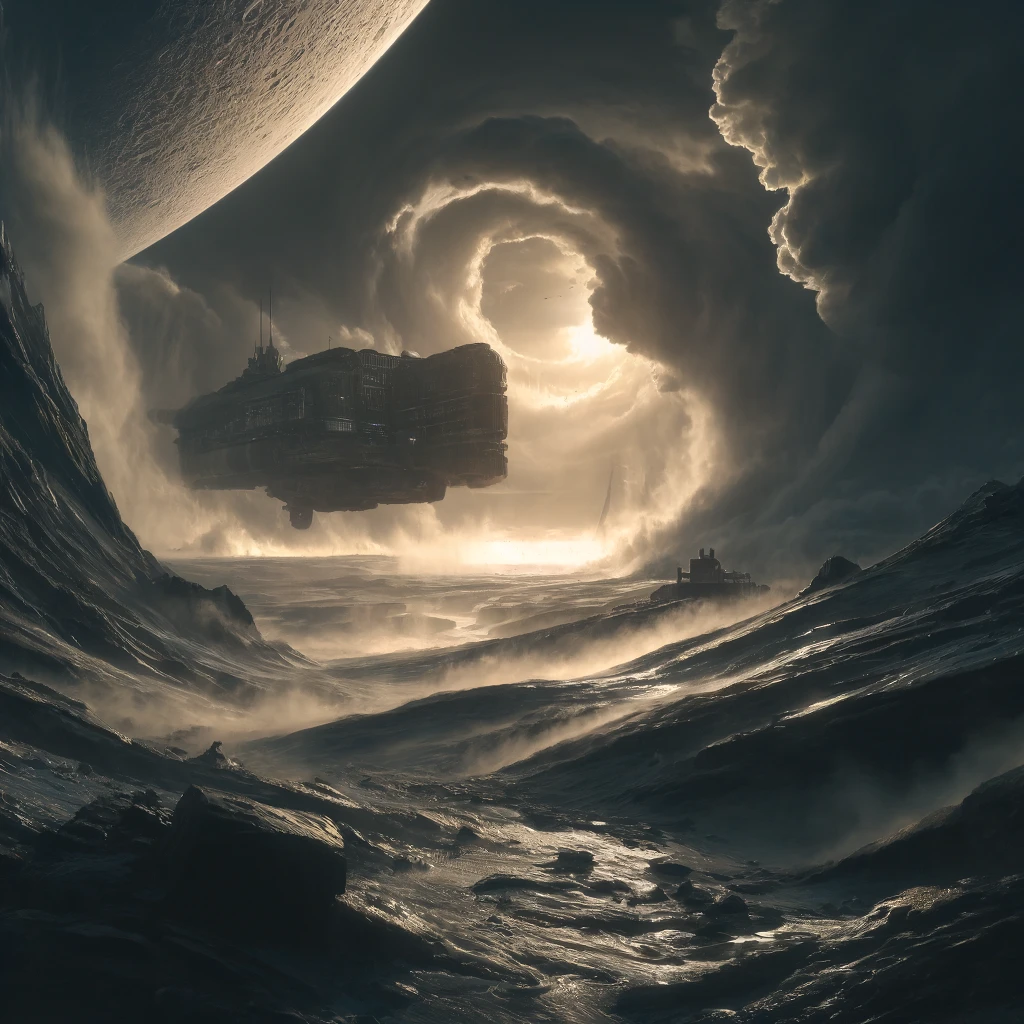Happy Alien Day

It’s important to recognize the intriguing juxtaposition this day presents against the backdrop of alleged real-world alien encounters and reverse-engineering claims involving major corporations.
Today April 26th, is celebrated as Alien Day! Originally, it was a fan-created holiday that celebrates the “Alien” film series, specifically the second film “Aliens” directed by James Cameron. The date was chosen for the holiday because of the planet LV-426, which is central to the “Alien” films, and the date resembles the planet’s name (4/26). Fans of the series celebrate by watching the movies, sharing content, and participating in various themed activities.
Planet LV-426, also known as Acheron, is a fictional moon featured prominently in the “Alien” film series. It first appears in the 1979 film “Alien,” directed by Ridley Scott, and is further explored in the 1986 sequel “Aliens,” directed by James Cameron. LV-426 is one of three moons orbiting the gas giant Calpamos in the binary star system Zeta2 Reticuli, about 39 light-years from Earth. It was discovered by the Weyland-Yutani Corporation, a major conglomerate in the “Alien” universe with a keen interest in bioweapons and space colonization.
The environment of LV-426 is harsh and inhospitable, featuring a turbulent atmosphere that makes it difficult to navigate and survive on its surface. The moon exhibits extreme weather conditions and is primarily rocky, with minimal visible flora or fauna. In the “Alien” series, the moon gains significance when the crew of the commercial space tug Nostromo lands there, responding to a distress signal from an alien ship. This encounter leads to the discovery of the Xenomorphs, a highly aggressive and dangerous alien species. The storyline continues in “Aliens,” where LV-426 has been colonized by humans who eventually lose contact with Earth, prompting a rescue mission that uncovers the horrifying proliferation of Xenomorphs.
Yet, outside the silver screen, whispers and rumors circulate about entities like Lockheed Martin, suggesting their involvement with real extraterrestrial technology. This parallel raises compelling questions about our fascination with alien narratives and the contrasting silence and secrecy that shrouds potential real alien encounters.
What is fiction, and what is reality? Our truth often seems far stranger than fiction. Let’s clarify this: we have meticulously mapped the entire surface of Mars, yet the far side of our own moon remains shrouded in mystery. How is it that we possess extensive knowledge about the Red Planet but remain largely in the dark about significant details of our own moon? Does any of this truly make sense?
Tell us, what is hiding on the moon?
As the curtains fall on another Alien Day, filled with festivities and homage to one of cinema’s most enduring franchises, the line between fiction and reality grows ever more indistinct in the minds of many. While we revel in the fictional tales of LV-426 and the spine-chilling adventures of its visitors, the alleged real-world narratives involving corporations like Lockheed Martin in crash retrievals and reverse engineering suggest we might be misled about the extent of their dealings with actual alien technology. This manipulation prompts a somber reflection on what is fiction and what could be fact.
Thus, this day serves not only as a celebration of a beloved film saga but also as a moment of reflection on the mysteries that remain unexplored and unexplained in our own universe. As we look towards the stars, the line between the cinematic universe and our potential real encounters with the unknown continues to blur, fueling both our fears and our fascination, and leaving us to question the narratives presented to us.


